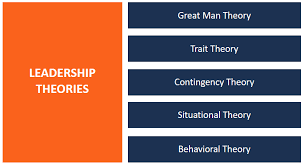
The nature of leadership has fundamentally altered. Gone are the days when leaders could rely on static skills and a pre-defined career path. Instead, they must exhibit agility and continuously enhance their capabilities to navigate uncertainties and leverage dual transformation – strengthening core processes while seizing future opportunities.
This shift from traditional roles focused on stability and incremental growth requires leaders to be adept in key areas to thrive in the new paradigm:
- Leading Strategy: Leaders should be able to leverage short-term opportunities within the parameters of their existing strategy, with the ability to pivot and create new strategies if the circumstances demand it.
- Leading Execution: Leaders must be able to implement established and tested procedures, while simultaneously being open to experimentation.
- Leading Stakeholders: Leaders must be able to use formal structures to engage with stakeholders, while also building and utilizing informal networks to achieve mutual goals.
- Leading People: Leaders must be able to decisively lead from the front by setting clear goals and expectations, but also be able to step into the shoes of a coach to empower and develop the team.
- Leading Self: Leaders must be able to make bold decisions that can be risky, but also keep themselves composed when uncertainty strikes.


